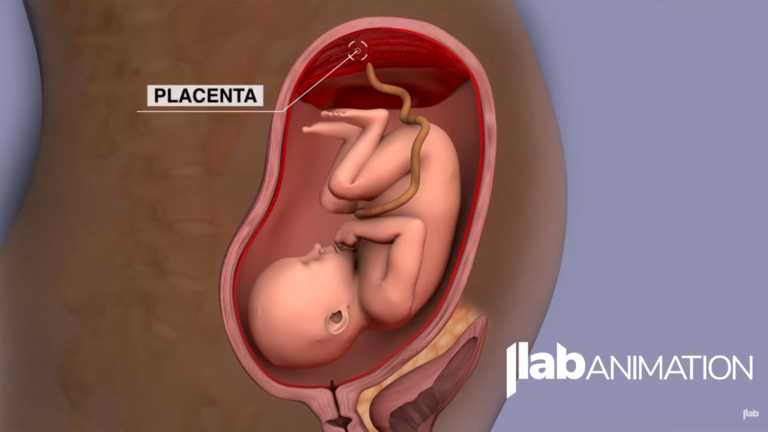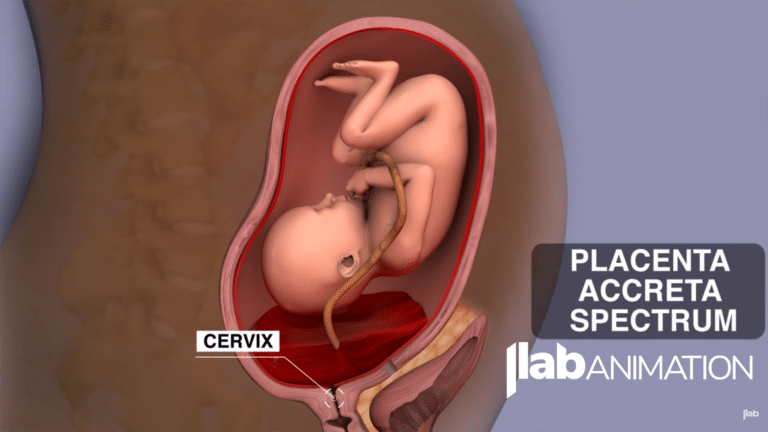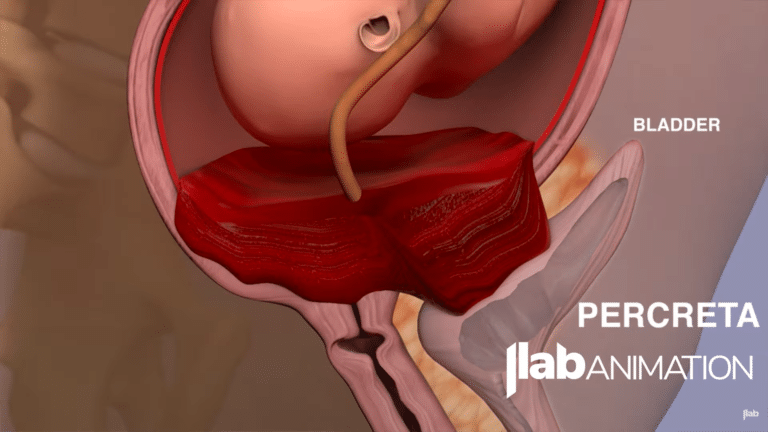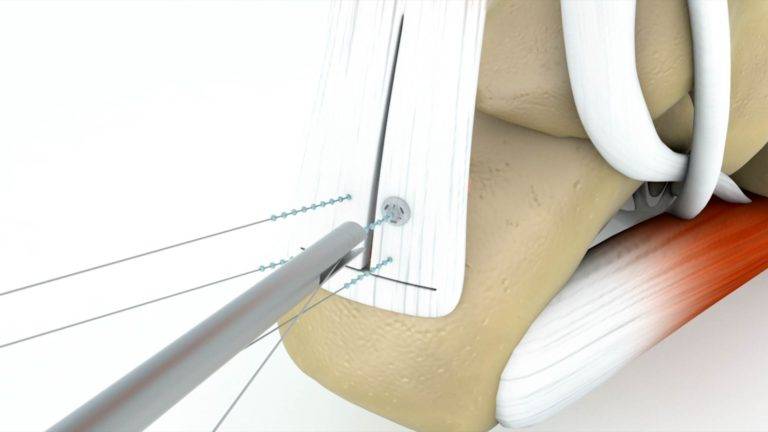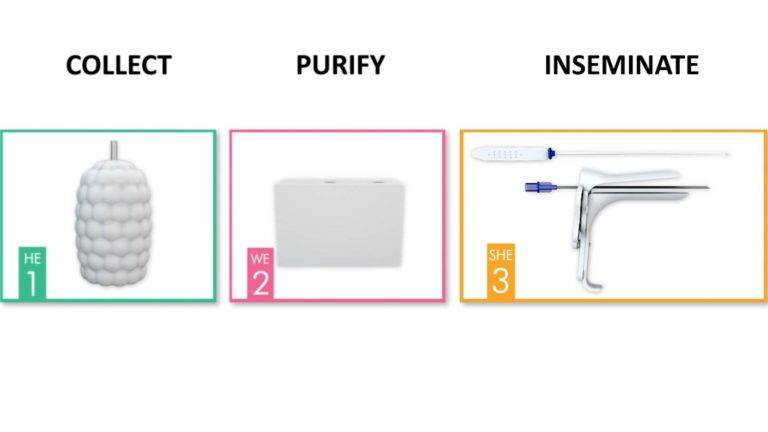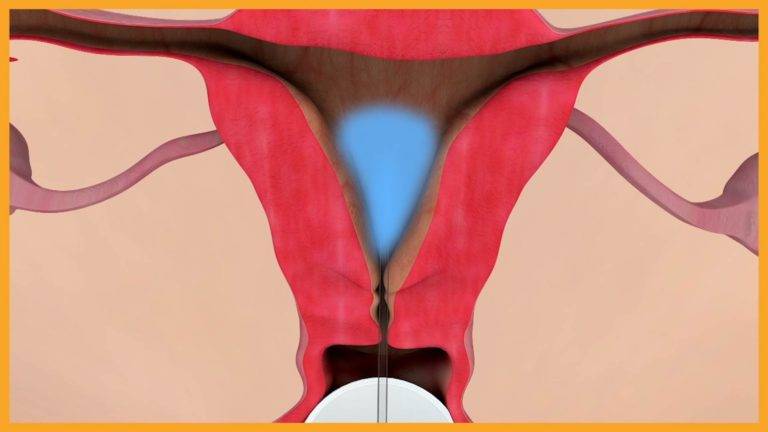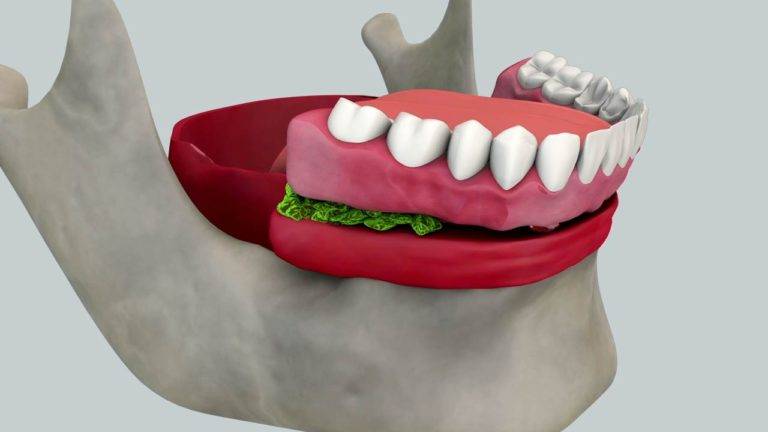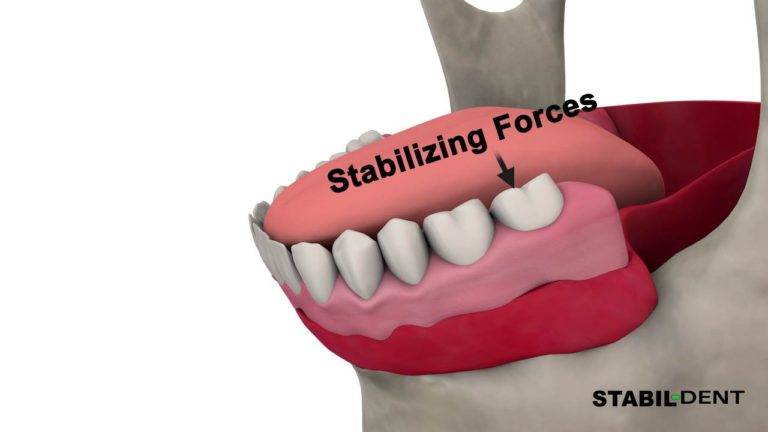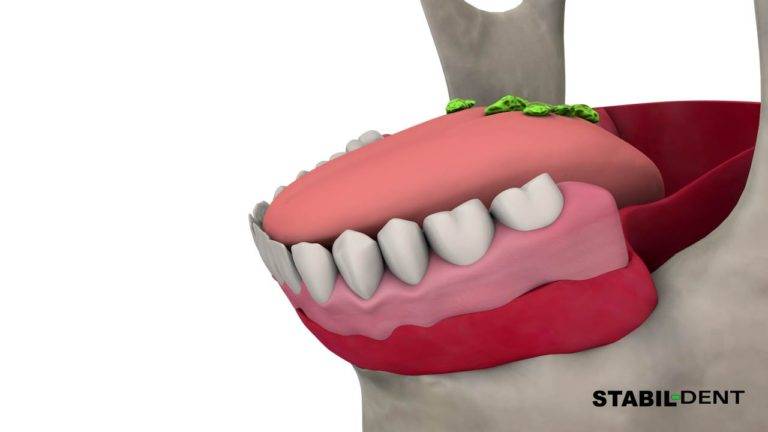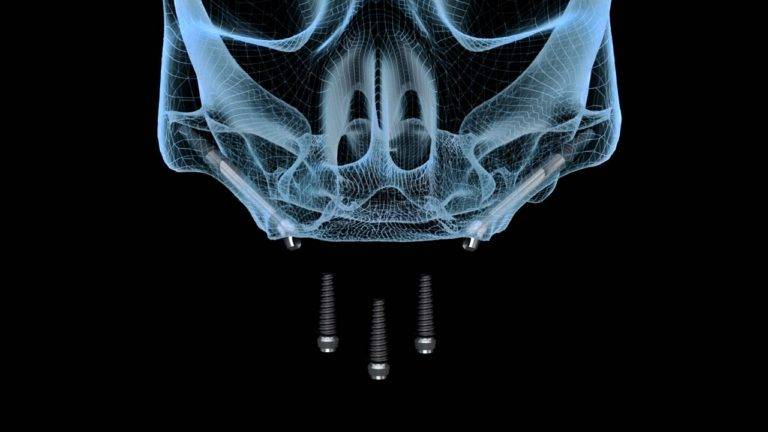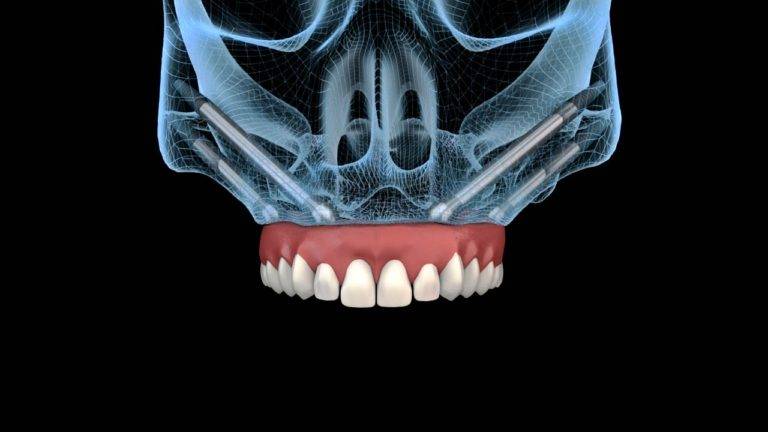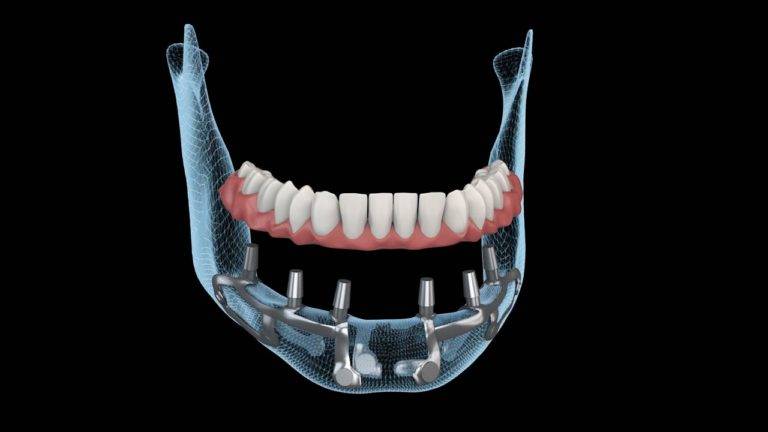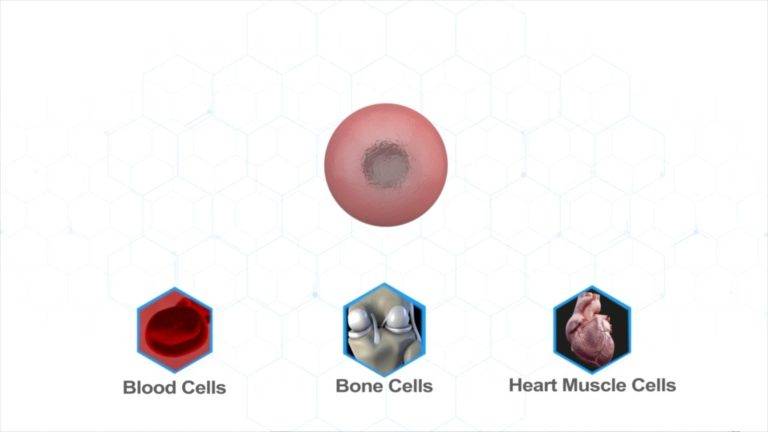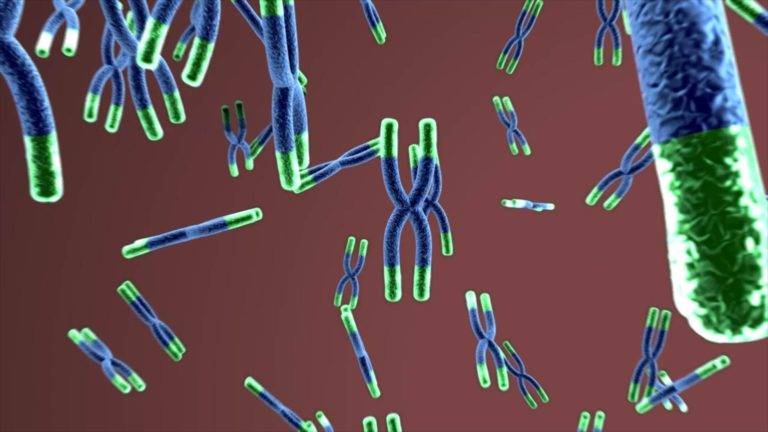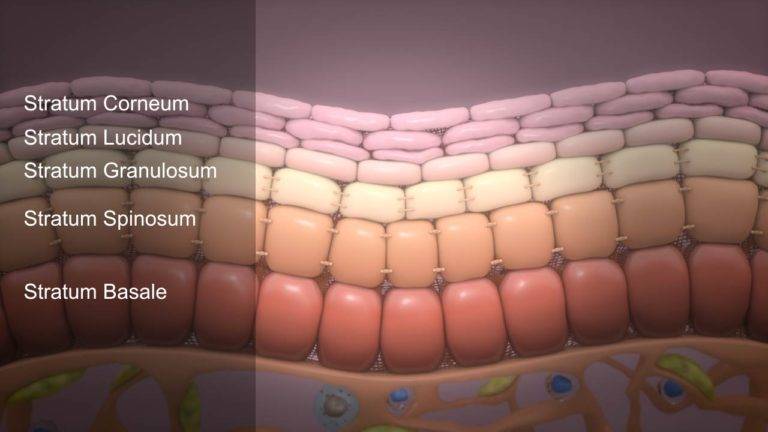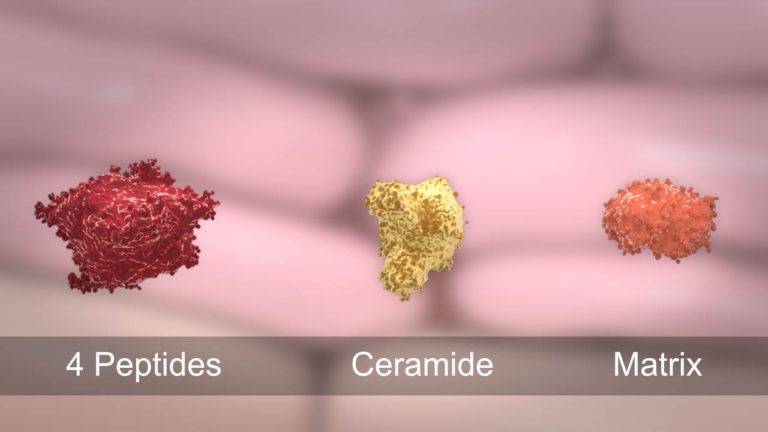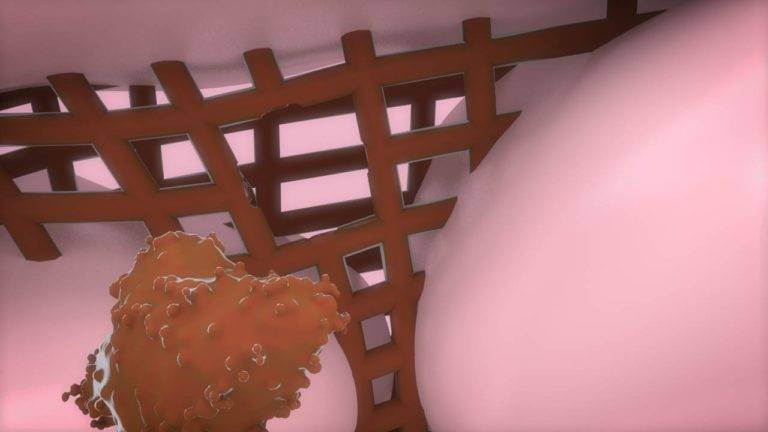Pharmaceutical and Biotechnology
Animation is a powerful tool that can help communicate complex scientific concepts and medical procedures in an engaging and easy-to-understand manner.
Whether through 2D, 3D, or motion graphics, animations bring concepts to life, allowing healthcare professionals and patients to understand complex procedures and treatments. We will delve into the significance of animation in the pharmaceutical and biotech sectors, exploring the impact it has on these industries, and how it continues to drive innovation and development.
Importance of the Relationship between Animations and the Industries
The relationship between animations and the pharmaceutical and biotech industries is crucial. Animations not only help to educate healthcare professionals, but they also assist in patient engagement and understanding, helping to increase adherence to treatment plans. Additionally, animations help in the development of new drugs, medical devices, and therapies, providing a visual representation of the science behind these products, helping to get them to market faster.

Applications of Animation in the Pharmaceutical Industry
The pharmaceutical industry is constantly evolving and advancing, and animation has played a crucial role in this progress.
Animation has proven to be a valuable tool for visualizing complex drug designs, training and educating medical professionals, simulating drug interactions and side effects, and marketing and advertising pharmaceutical products.
1. Visualization of complex drug designs – The pharmaceutical industry is constantly researching and developing new drugs to treat various medical conditions.
However, these drugs are often complex in design and structure, making it difficult for researchers and medical professionals to understand and visualize their composition. Animation provides an effective solution to this problem by creating 3D visual representations of the drug’s molecular structure and interactions within the body. This allows researchers to better understand the drug’s mechanism of action, identify potential side effects, and optimize its design for maximum effectiveness.
2. Training and education of medical professionals – Animation is an effective tool for medical education and training. By creating visual representations of medical procedures and processes, it is easier for medical professionals to understand and learn about various medical treatments and procedures. This can include animations of surgical procedures, drug administration, and the mechanisms of action of various drugs. Medical professionals can also use animations to understand the complex anatomy and physiology of the human body, making it easier for them to diagnose and treat patients.

3. Simulation of drug interactions and side effects – One of the biggest challenges in the pharmaceutical industry is predicting the side effects of new drugs. Animation provides a solution to this problem by creating simulations of the interactions between drugs and the human body. This allows researchers to identify potential side effects before the drug is tested in clinical trials, reducing the risk of harm to patients and increasing the efficiency of the drug development process.
4. Marketing and advertising of pharmaceutical products – Animation is also used in the marketing and advertising of pharmaceutical products. Animated advertisements are effective in communicating complex information about drugs, their mechanisms of action, and potential side effects, in a way that is easy for consumers to understand. This is especially important in the pharmaceutical industry, where the public needs to have a clear understanding of the drugs they are taking and their potential effects.
The Benefits of using Animation in Pharmaceutical and Biotech
Animation has become an increasingly important tool in the pharmaceutical and biotech industries for communication and education. In this article, we will explore four key benefits of using animation in these fields:
- Increased accuracy and understanding of complex concepts: Complex medical concepts can be difficult to explain in written or spoken form. Animation, however, provides an opportunity to visually represent complex concepts in a way that is easy to understand. This helps to ensure that the information being conveyed is accurate and understandable to a wider audience.
- Enhanced engagement and recall for audiences: Animation has been shown to be an effective way to engage and retain the attention of audiences. The use of visual aids, such as animation, can help to keep audiences interested and focused, leading to improved recall of information.
- Improved communication between industry professionals: The use of animation in the pharmaceutical and biotech industries can also help to improve communication between professionals in the field. For example, animation can be used to explain complex research findings to non-specialist colleagues, helping to ensure that important information is accurately communicated and understood.
- Increased efficiency and cost savings in research and development: Finally, animation can also help to improve efficiency and reduce costs in research and development. For example, the use of computer-generated animation can help to reduce the time and resources required to create physical models, allowing researchers to focus on their work more efficiently.
JLab Animation
The role of Animation in Biotechnology Research
Animation plays a vital role in biotechnology research. Biotechnology is an interdisciplinary field that combines the principles of biology, technology, and engineering. It involves the study of living organisms, their processes, and interactions.
1. Demonstration of biological processes and genetic interactions: Animation can be used to demonstrate the complex biological processes that occur in living organisms. This includes the process of cell division, the workings of enzymes and hormones, and the interactions between genes. Animation can help to make these processes easier to understand and helps to increase the public’s understanding of biotechnology research.
2. Modeling of protein structures and molecular interactions: Protein structures and molecular interactions are critical aspects of biotechnology research. Animation can help to model and visualize these structures and interactions, making it easier for researchers to understand the complex processes involved. This can lead to new discoveries and improved treatments for diseases.

3. Simulation of drug discovery and development: Animation can be used to simulate the effects of new drugs on the human body. This allows researchers to understand how a drug will interact with the body, its side effects, and the likelihood of success. This can speed up the process of drug discovery and development and help to bring new treatments to market faster.
4. Explanation of cutting-edge biotech research and developments: Animation can help to explain cutting-edge biotechnology research and developments to the public. This can help to increase public awareness and understanding of biotechnology, and can also help to generate interest and support for further research.
Challenges and limitations of Animation in the industries
Animation is a complex art form that combines technical skill with creative vision. However, there are numerous challenges and limitations that animators must face in the industry.
JLab Animation
- Technical difficulties in creating high-quality animations include the time-consuming and labor-intensive process of creating individual frames, ensuring seamless movement and continuity, and using specialized software and hardware. The cost of producing high-quality animations can also be prohibitively high, particularly for independent animators or smaller production studios.
- Legal and ethical considerations in the use of animations include issues of copyright, plagiarism, and misrepresentation. Animators must be careful to use only original material, giving credit where credit is due, and avoiding misusing or distorting information. They must also consider the ethical implications of their work, such as the representation of different cultures and the depiction of violence and other sensitive topics.
- Balancing accuracy and creativity in animation design is a delicate art. Animators must be true to their creative vision while also being mindful of the constraints of their medium and their audience. This requires a keen understanding of the techniques and tools of animation, as well as a deep appreciation for the art form.
- Ensuring accessibility and understanding for diverse audiences is another important challenge for animators. They must be mindful of the needs of different groups, including those with visual, auditory, and cognitive disabilities, and aim to create animations that are accessible and understandable for all.
-


